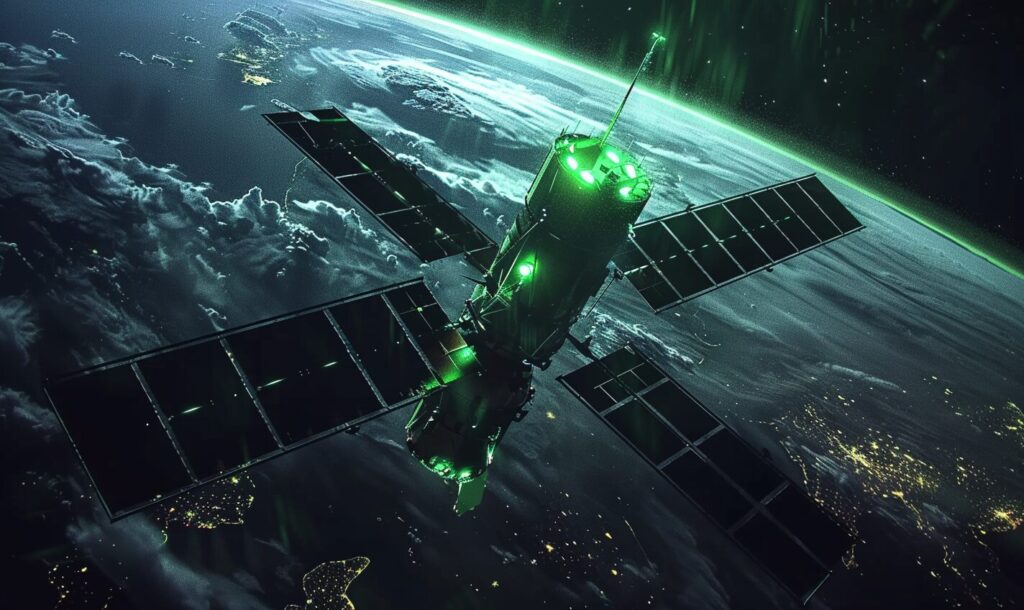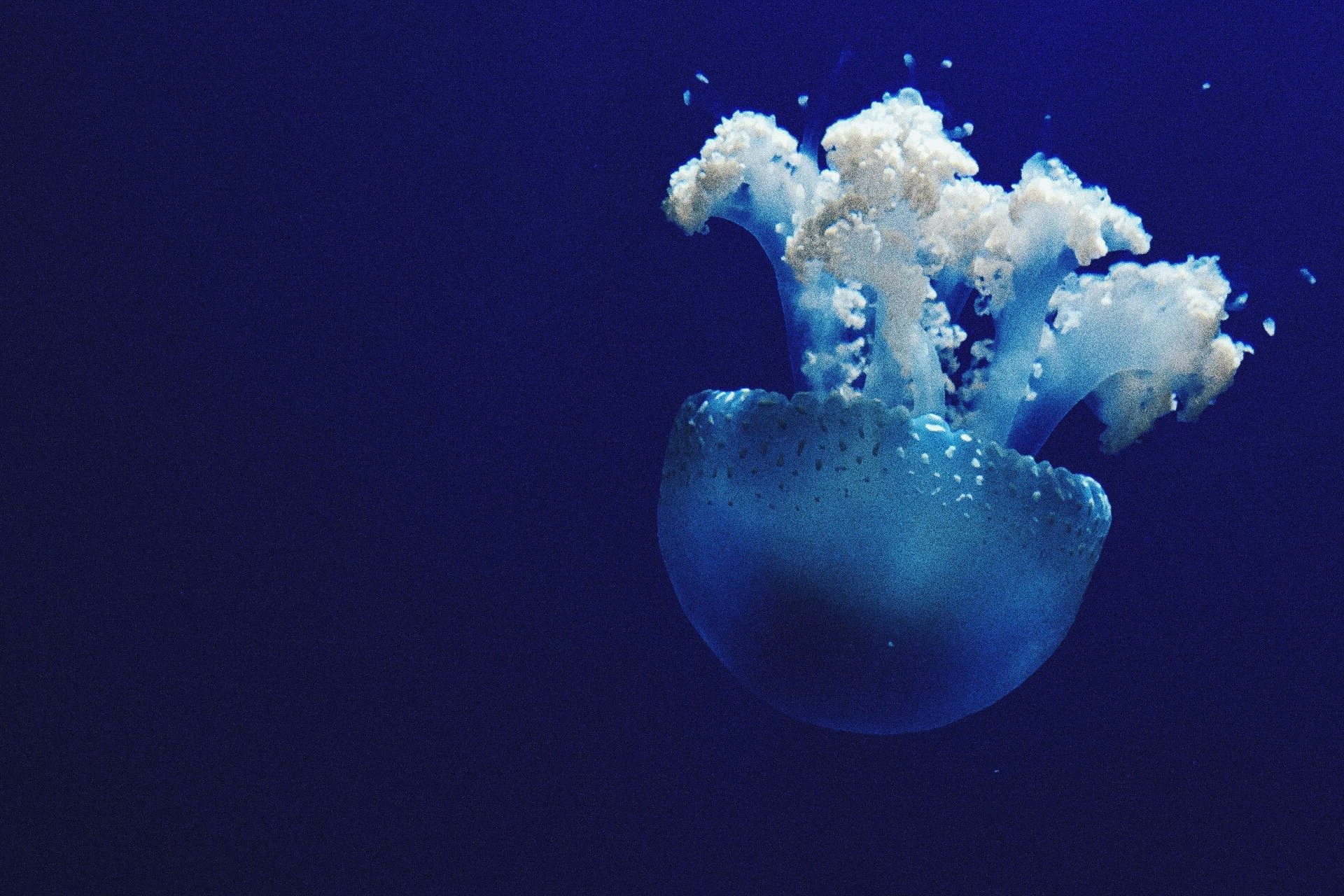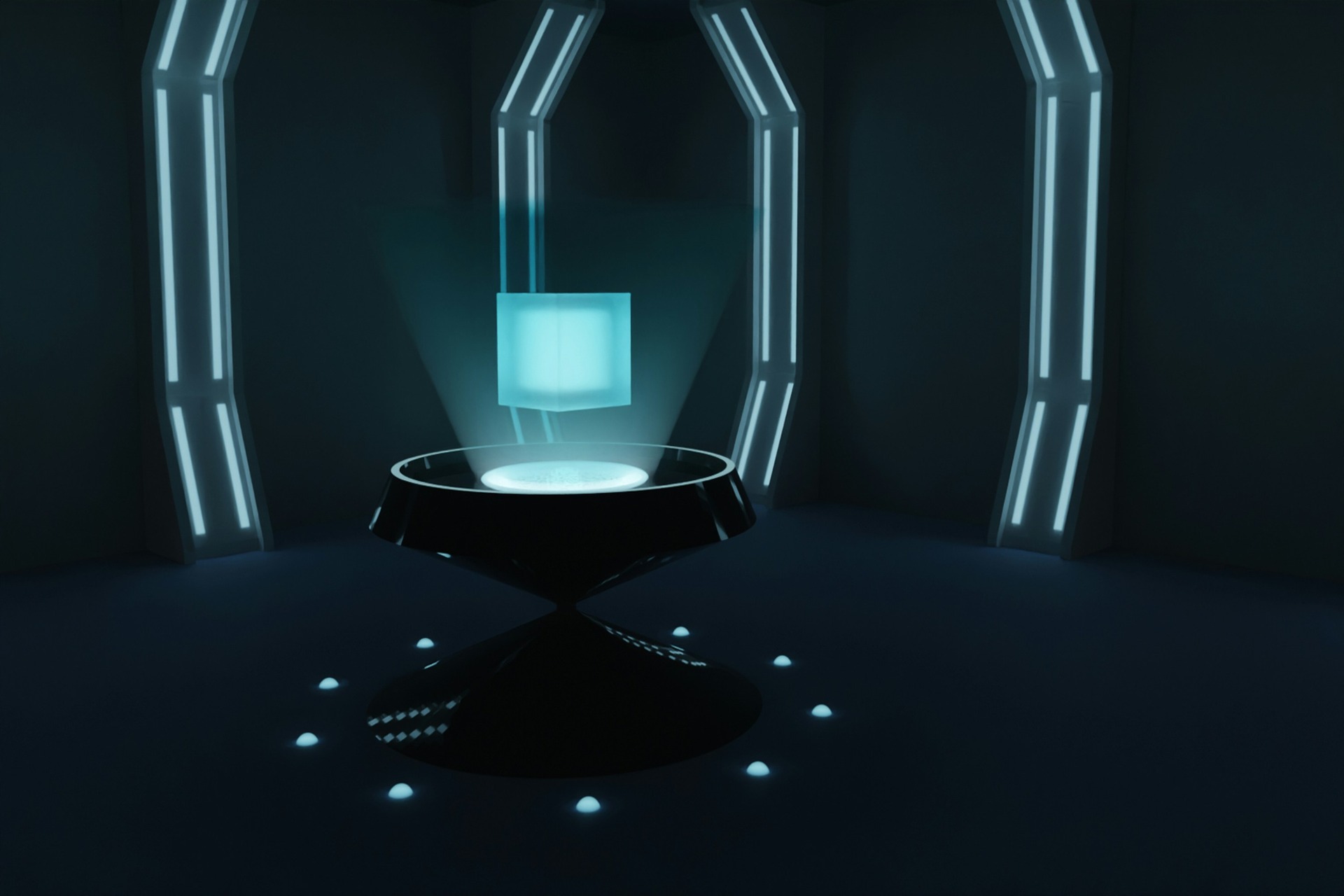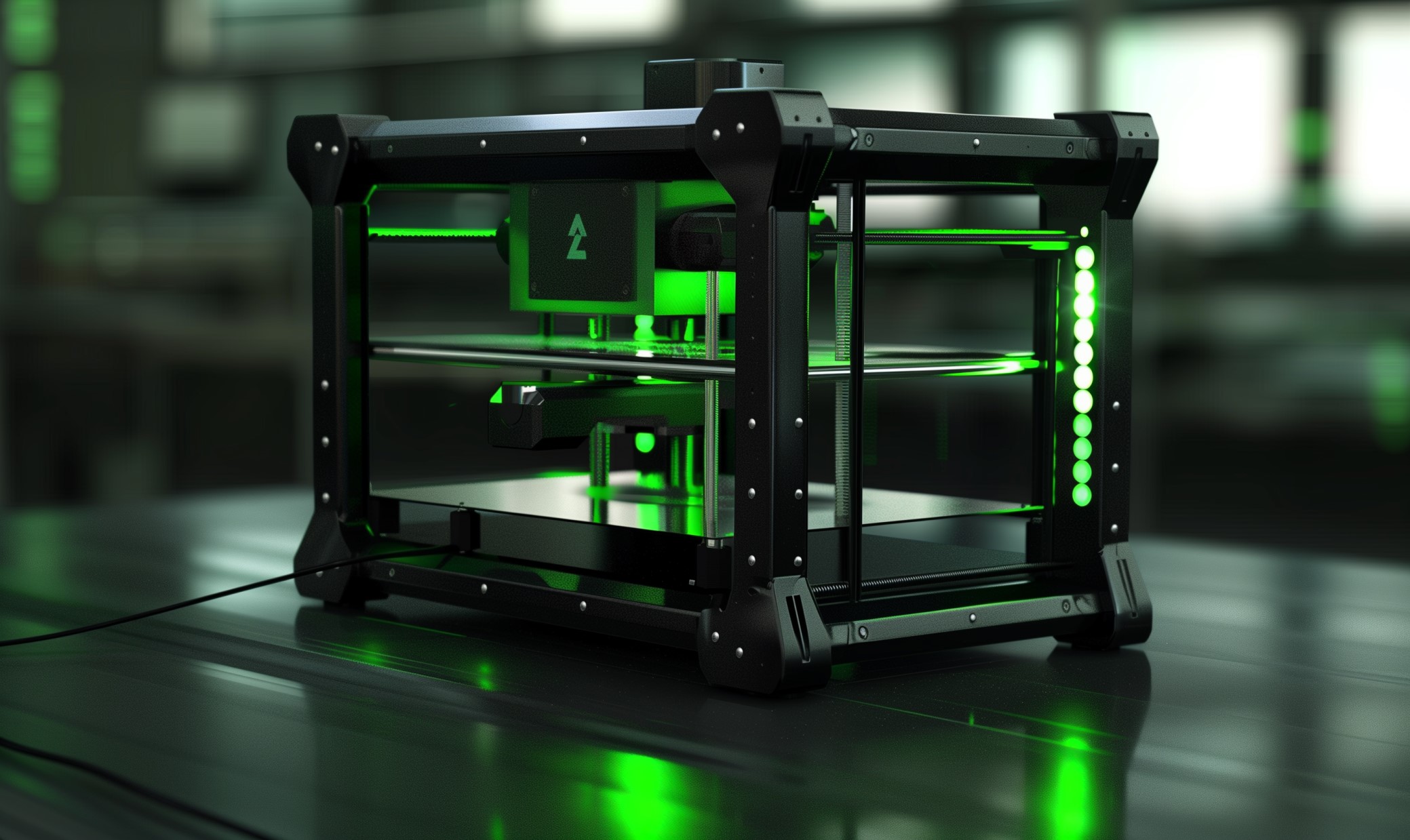Black holes have received press lately as scientists have managed to take a picture of one of these celestial monstrosities. While capturing an image of a black hole is a monumental accomplishment, the pictures probably leave a lingering question in your mind. How are black holes formed?
In The Beginning, There Was a Star
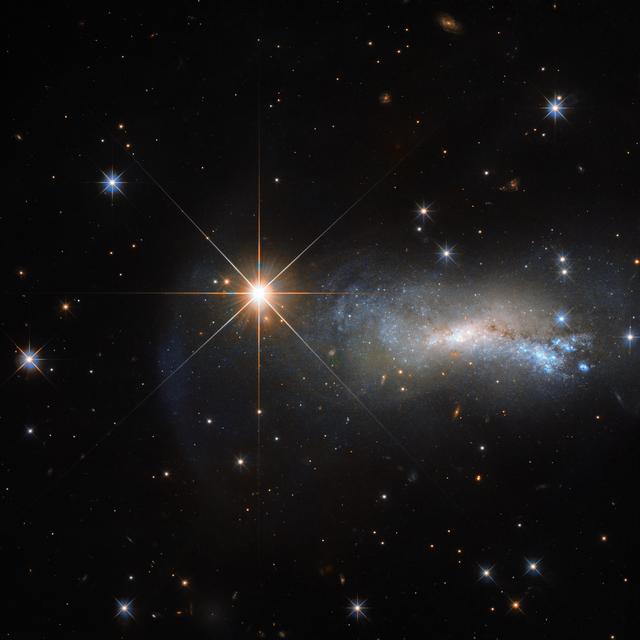
The Milky Way Galaxy and the universe are filled with more stars than humans could count in a lifetime. This isn’t the story of Earth’s home star, though.
The sun at the center of the solar system isn’t large enough to become a black hole. Instead, humans will look further from home, into the cosmos filled with stars that are five, ten or hundreds of times more massive than Sol. These stars are the ones that have a chance of becoming a black hole.
Every star in the universe has one thing in common though — hydrogen. This base element fuels every star in the sky. It burns hydrogen to create heat, light and radiation, but each celestial body has a finite amount of this combustible material.
Once that runs out, it starts to burn helium and begins to expand. Stars like Earth’s Sun will grow slowly, becoming red giants, before collapsing back into a white dwarf.
At The End of a Star’s Life
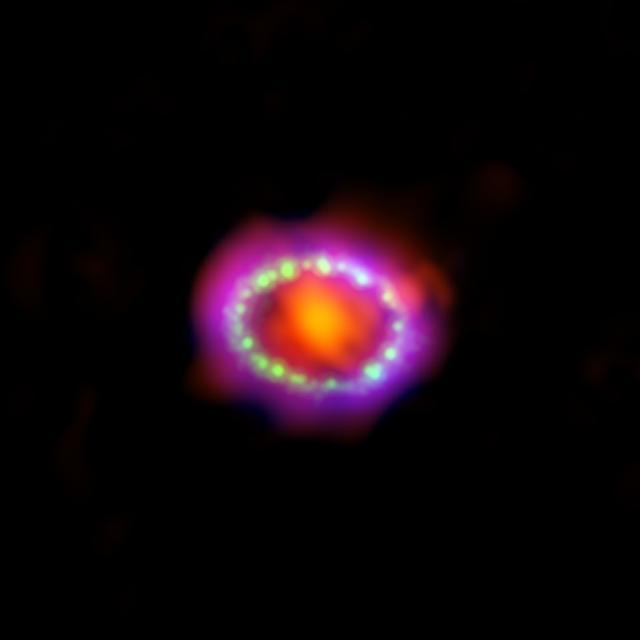
Stars that are larger than five times the size of the sun will face a different fate.
While they will burn through all of their hydrogens and start burning helium and other elements, they don’t shrink and cool like smaller stars do. They’ll make their way up the periodic table, burning successive elements to release energy, until they reach iron.
Iron doesn’t burn, not like the other elements in the star. It’s like trying to start a campfire with ash.
During this entire process, the star’s gravity has tried to balance the changes in energy output with the ever-shrinking fuel supply. When it reaches iron, gravity wins, and the star collapses in on itself.
Sometimes, there will be a bit of fuel left in the outermost layers of the star. When this happens, as the star collapses, all of this fuel will ignite at once, creating a supernova as the star explodes. While the exterior explodes, the core still collapses.
A Black Hole Is Born
When the core of a massive star implodes, it continues to collapse into a smaller and smaller space. This stage can go one of two ways. If it stops imploding, it becomes what is known as a neutron star.
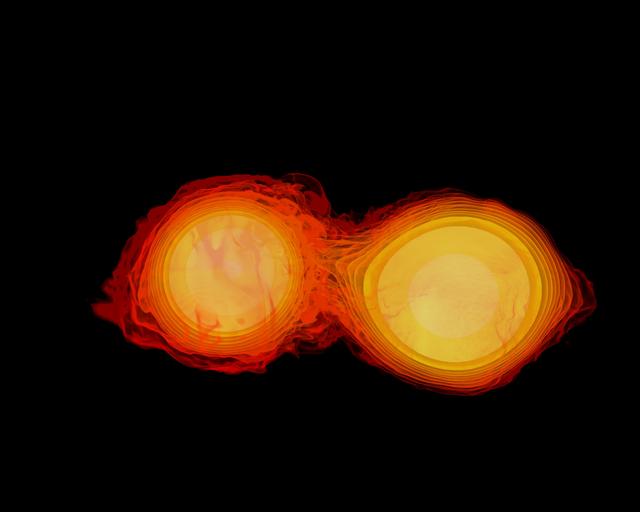
These super-dense stars don’t emit any light and are usually very small — less than 20 miles across. They’re made up of neutrons, and the gravitational pull is so intense that they all squish together.
If the star continues to collapse, beyond the creation of a neutron star, a black hole forms, but it isn’t the only way that one of these ravenous celestial bodies can come into existence.
Neutron stars colliding can also create strong enough gravitational waves to trigger the collapse and the creation of black holes.
These are known as stellar black holes because they owe their creation to the death of a star. There are also supermassive black holes at the center of each galaxy in the universe, but scientists aren’t sure how these massive creatures came to be.
Looking to the Future
While humans don’t have to worry about Earth’s sun becoming a black hole at the end of its life, these gravitational wells are out there, and as astronauts explore further into the universe, beyond the solar system, they’ll have to learn how to detect them.
Capturing a photo of one took a planet-wide effort and more than half a dozen radio telescopes scattered around the globe. They won’t have that option if they’re out there exploring the cosmos, so the better scientists understand these celestial monsters, the easier they’ll be to avoid.
Knowing how black holes form may also provide some clues to help researchers understand the origin of the universe.
Recent Stories
Follow Us On
Get the latest tech stories and news in seconds!
Sign up for our newsletter below to receive updates about technology trends











